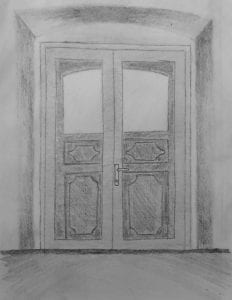Although it feels good be back home, the wheels of the plane touching down in Columbus was a shadowy feeling because that meant that our trip had come to an end. In the most honest way, I can say that this trip was the greatest experience of my life. Not only was I given the unique opportunity to travel to a different part of the world, but I also learned more than I thought was imaginable. In Santiago, I learned an immense amount about the city’s culture, its architecture and most importantly about myself.
Arriving in Santiago started a very new experience for me as this was the first time I’ve ever been subject to a new culture outside of the United States. It was interesting for me to get the chance to interact with a different culture and to see how the gears of society turn in a foreign country.
As far as architecture goes, I was able to see and understand a great deal of themes throughout many projects in Chilean architecture. Such as, the ideology of designing for sustainability used frequently by Radic and Aravena, and also the challenge of building in mountainous terrain as the Adolfo Ibáñez campus was. Being able to see many of these impressive pieces of Chilean architecture in person gave me a perspective on the architecture that was completely unique to studying a project from photographs in a classroom.
When I signed up for this trip I had no idea what kind of personal experience it would turn out to be for me. Before leaving for the trip, I feared that I would not come out of my shell and it would negatively affect my experience in country, but thanks to an incredible group of people and the new friends that I made, this was no problem for me. Thanks to this trip, I learned so much about myself and the things that I am capable of. I am immensely thankful to everyone on the trip that helped me make this study abroad opportunity in Santiago, the time of my life.




